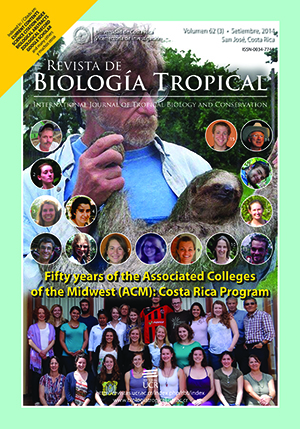Abstract
The ever-increasing establishment of landscape mosaics is expressed as a surrounding matrix of agricultural activities, which frames patches or remnants of the original vegetation cover. Conservation actions should be aimed to establish or to increase those interactive systems, which help to maintain the landscape flow through linkages. Spaces occupied by traditional management systems retain and support this function. In this paper, we used Geographic Information Systems to evaluate the importance of traditionally managed forest units (‘acahuales’-coffee plantations) and to assess landscape connectivity in the indigenous Popoluca area of Sierra de los Tuxtlas, Mexico. The cartographic material used to establish the types of vegetation and their coverture included the period 1991-2008. At landscape level, four indices were used to assess the general situation of the habitat network, and to identify the patches of high priority. Individually, indices evaluated if patches were important for their area, their potential flow or their connecting function. Results showed that the landscape is functioning as a single system, but having low connectivity. Values improved when traditionally managed forest patches were considered as viable habitat. We detected 367 patches of very high priority, 80% belonging to forests managed traditionally. Patches were important for their potential flow (size and topological relationships). Only 70 patches were significant for their function as biological corridors between largest forests located at the top of the volcanoes, and are mostly managed forest (75%). We concluded that the units of traditionally managed forest play a significant role in landscape connectivity maintenance.
Comments

This work is licensed under a Creative Commons Attribution 4.0 International License.
Copyright (c) 2014 Revista de Biología Tropical






